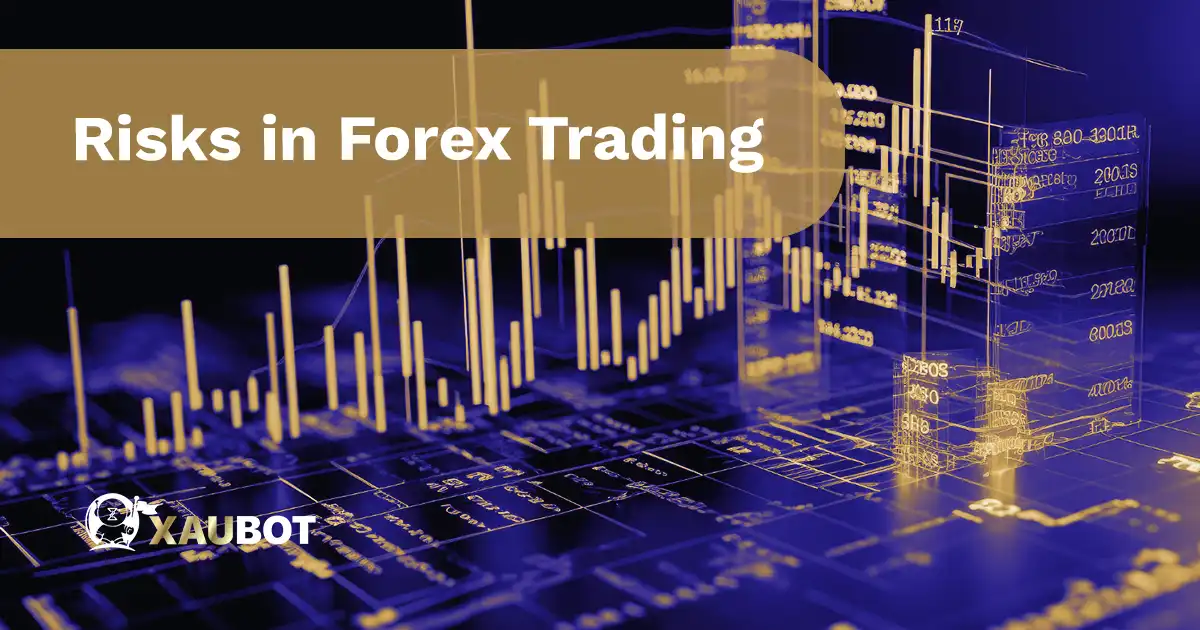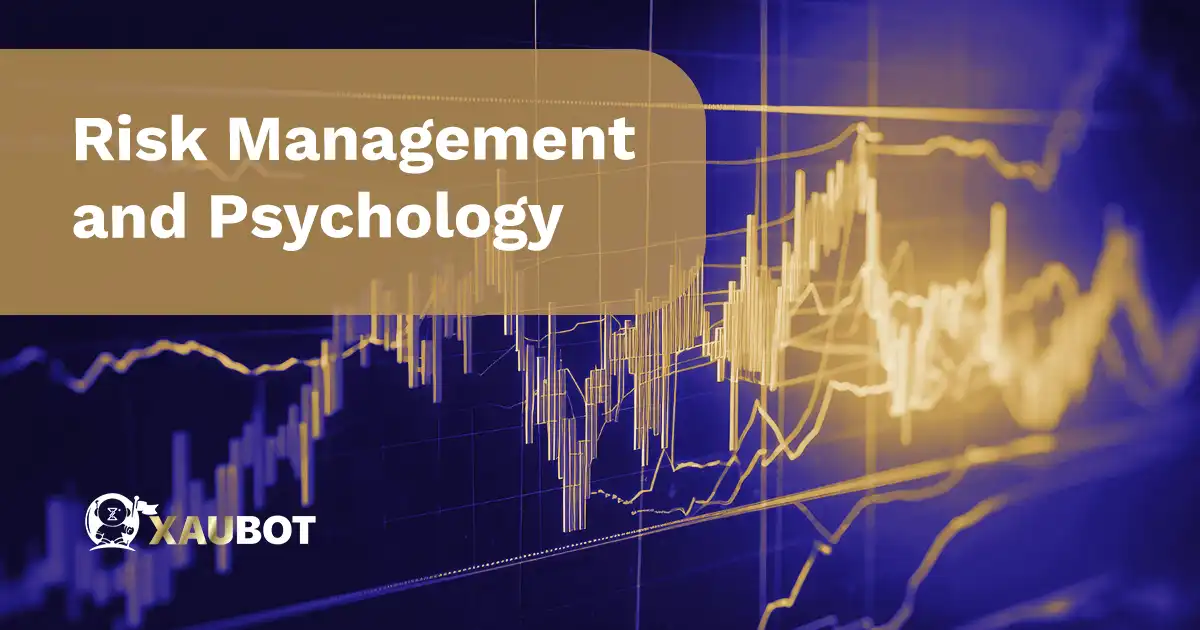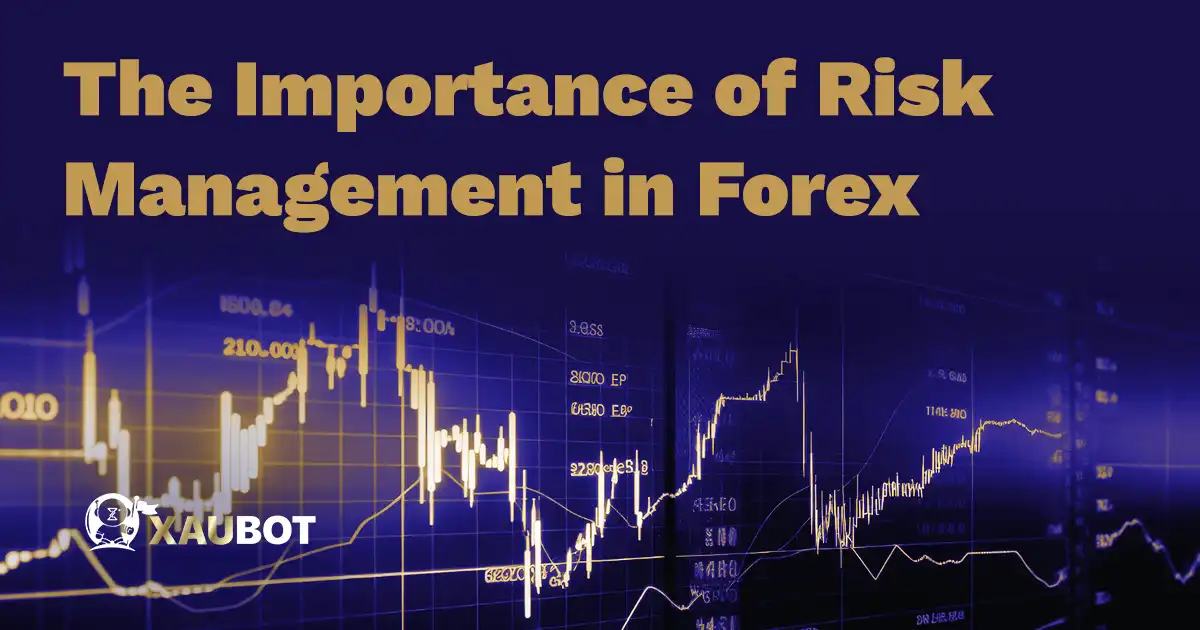Risk management is the process of recognizing, evaluating, and minimising any potential risks that could affect a corporation, undertaking, or group of people. It is a methodical technique for dealing with uncertainty and risks while also seizing opportunities. The basic goal of risk management is to mitigate the negative consequences of risks and increase the likelihood of attaining goals.
Importance of Risk Management in Forex
Risk management is critical in Forex trading since the foreign currency market is inherently erratic and unpredictable. Forex trading entails buying and selling multiple currencies in order to profit from changes in their exchange values. Nevertheless, the market can be highly erratic, and rapid price swings can result in large gains or losses in a relatively brief amount of time. Traders risk losing their trading accounts and experiencing significant financial losses if they do not use adequate risk management.
Strategies for Risk Management in Forex
- Position Sizing: Determine the optimal trade size based on your risk level and account amount. Traders should avoid risking too much capital on a single trade and utilise position sizing tactics like the 2% rule to reduce possible losses.
- Stop Loss Orders: Stop-loss orders can be configured and set up to automatically exit a transaction when the price reaches a specific threshold. Losses are constrained, and emotions are kept from influencing trading choices.
- Diversification: Avoid placing all of your money in a single trading method or currency pair. The risk can be spread out and the impact of a losing trade on the overall account balance can be lessened by diversifying the portfolio.
- Risk-Reward Ratio: Calculate the risk-reward ratio and evaluate probable trade settings. It entails weighing the prospective rewards and losses associated with each trade. A positive risk-reward ratio guarantees that the prospective gain outweighs the assumed risk.
- Use of Risk Management Tools: Numerous trading platforms provide risk management options including guaranteed stop-loss orders and trailing stops that can further protect positions and lock in winnings.
Risks in Forex Trading

- Market Risk: Rapid price changes caused by the currency market’s turbulence and uncertainty have the potential to cause substantial losses.
- Leverage Risk: Forex trading frequently involves the use of leverage, which allows traders to handle greater positions with a smaller amount of capital. While leverage can increase earnings, it can also increase losses.
- Interest Rate Risk: Adjustments in interest rates have an impact on currencies, and unanticipated changes in central bank policy can also have an impact on exchange rates.
- Country and Political Risk: Economic and political developments in several countries may have an effect on currency prices, perhaps causing losses.
Leverage and Volatility
Using leverage, traders can manage greater bets than they could if they only had their own capital.
The concept of leverage and volatility with a more understandable example:
Leverage Example
Let’s say you have $1,000 in your trading account, and you want to trade the EUR/USD currency pair. Without leverage, you could only control positions worth $1,000 (the amount in your account).
However, with leverage, your broker allows you to control a larger position. If your broker offers a 1:100 leverage, it means for every $1 of your own money, the broker lends you $100.
In this case, you can control a position size of $100,000 (100 times the amount in your account) in the EUR/USD market.
- Without Leverage:
- Account Balance: $1,000
- Maximum Position Size: $1,000
- With 1:100 Leverage:
- Account Balance: $1,000
- Maximum Position Size: $100,000
Leverage raises the risk even though it gives you more control over a bigger stake and could potentially boost your profits. Losses are increased if the market swings against your trade.
Let’s see how this works:
Assuming you open a trade with the entire $1,000 in your account, without any leverage:
- If the trade goes in your favour and the EUR/USD pair appreciates by 1%, you make a profit of $10 (1% of $1,000).
- If the trade goes against you and the EUR/USD pair depreciates by 1%, you lose $10.
Now, let’s assume you used 1:100 leverage and controlled a position size of $100,000 with your $1,000 account:
- If the trade goes in your favour and the EUR/USD pair appreciates by 1%, you make a profit of $1,000 (1% of $100,000).
- If the trade goes against you and the EUR/USD pair depreciates by 1%, you lose $1,000.
As you can see, leverage amplifies both profits and losses. While it can be enticing to control larger positions with a small amount of capital, it is crucial to use leverage responsibly and consider the potential downside risk.
Volatility Example:
The degree of price variations is referred to as volatility in the FX market. Highly volatile currency pairs are risky for traders since they frequently encounter large price swings.
Let’s consider two currency pairs: EUR/USD and USD/JPY.
- EUR/USD is considered a more volatile currency pair, with frequent and substantial price swings.
- USD/JPY, on the other hand, is considered less volatile, with relatively smaller price movements.
For example, on one trading day:
- EUR/USD might move by 1.5%, experiencing significant price swings.
- USD/JPY, being less volatile, might only move by 0.5%.
The potential for both gain and loss is higher when volatility is higher. It is crucial to modify risk management tactics to the specific currency pairings being traded since, although a highly volatile market can provide trading possibilities, it also exposes traders to more uncertainty.
Consequently, knowledge of leverage and volatility is essential for profitable forex trading. Trading using leverage increases possible losses while allowing traders to manage larger holdings with less cash. Trading opportunities and greater hazards are both brought on by volatility. By using efficient risk management strategies, traders may overcome the difficulties presented by leverage and volatility, safeguard their capital, and enhance their long-term trading success.
Risk Management and Psychology:

Psychology is essential to risk management because it influences how people and organisations view and react to threats.
Some key psychological factors include:
- Risk Perception: A person’s emotions, biases, and cognitive processes may cause them to exaggerate or underestimate hazards.
- Risk Aversion: A lot of individuals and businesses are afraid to take chances, even if the advantages outweigh the hazards.
- Loss Aversion: People make hesitant decisions because they dread losses more than they value similar profits.
- Herd Mentality: Following the acts of others without critical thinking might lead to collective risk-taking or risk aversion.
- Overconfidence: Individuals may be overconfident in their talents, leading to an underestimating of hazards.
Conclusion
Due to the market’s turbulence and unpredictability, risk management is essential in forex trading. To balance capital preservation and profit growth, successful traders employ leverage sensibly and adapt risk management techniques. Volatility offers both possibilities and difficulties, and good risk management includes position sizing strategies, stop-loss orders, portfolio diversification, risk-reward ratios, and trading platform features. Traders can withstand market swings, protect capital, and take advantage of profitable opportunities over the long run by embracing risk management. In order to preserve financial stability and prosper in the constantly shifting global market, successful Forex trading entails more than merely maximising earnings.


